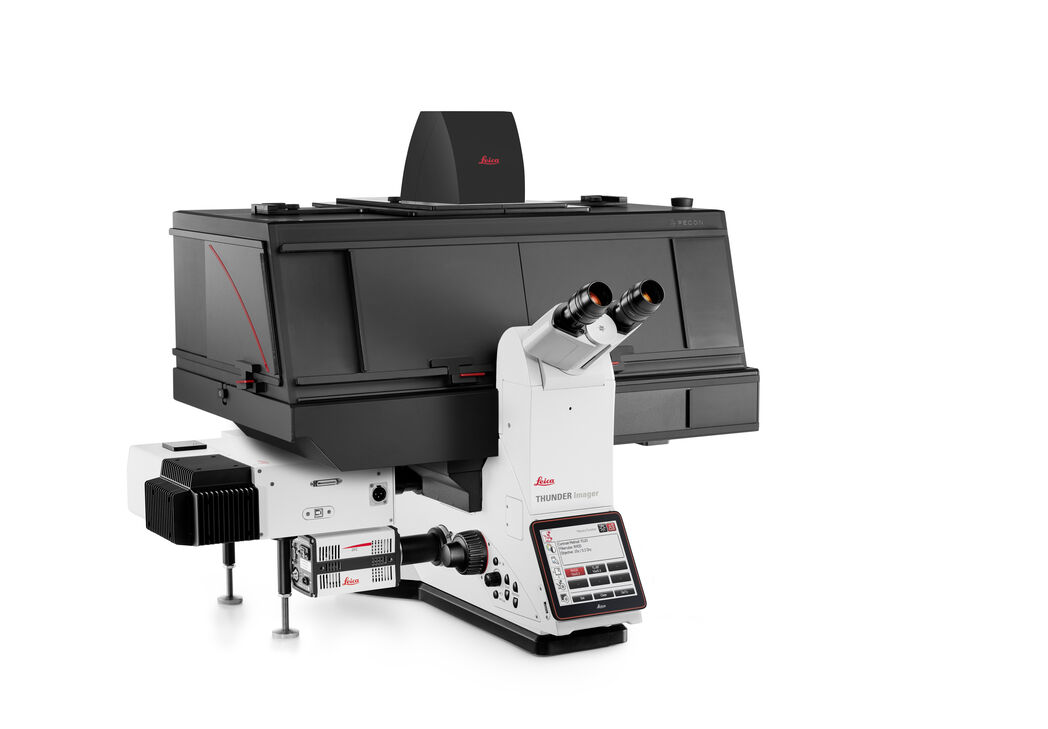DMi8 S 플랫폼
도립
광학 현미경
제품소개
홈
Leica Microsystems
모듈형 DMi8 도립 현미경은 DMi8 S 플랫폼 솔루션의 핵심입니다. 일상 업무에서 생세포 연구에 이르기까지 DMi8 S 플랫폼은 완전한 솔루션을 제공합니다. 디쉬에서 단일 세포의 발달을 정밀하게 관찰하든, 여러 분석법을 통해 선별하든, 단일 분자 해상도를 얻든, 복잡한 프로세스의 작용을 파악하든 상관없이, DMi8 S 시스템을 사용하면 더 많은 것을 더 빠르게 숨겨진 것까지 관찰할 수 있습니다.

